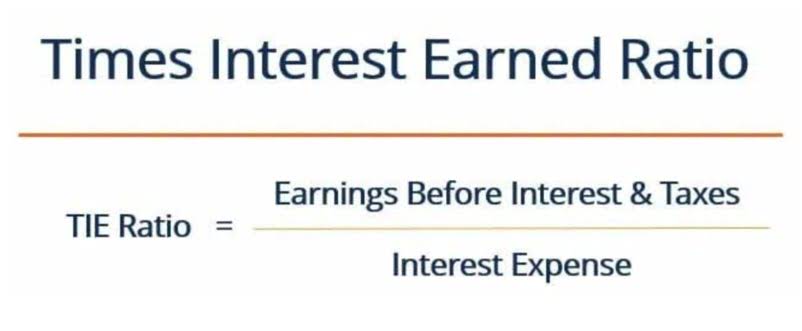
Knowing your Partnership Accounting audience and pricing products and promotions accordingly can lead to a loyal customer base. Maintaining accurate inventory records can be challenging, but with the help of technology, you can make your grocery store inventory management efficient, and ultimately work for you. The success of your grocery store depends on optimal inventory management and efficient processes that don’t take up all of your time. With smooth inventory management, you can stock your shelves with the products your customers need. Artificial intelligence optimizes inventory management by accurately predicting customer demand, ensuring optimal stock levels, and streamlining warehouse operations. Using Wave Grocery’s advanced analytics tools, your store can identify these patterns and make data-informed decisions to reduce stockouts and ensure popular items remain available.
Inventory Management for Grocery Stores: Cash Flow Inventory

Tactics can include weekly “manager’s specials” or using the older but still perfectly fine products in higher-turnover store-made goods, such as salads and prepared meals. To fulfill online orders, grocers usually use stores closest to their customers, which means a given store’s inventory can fulfill either in-person or online orders. Store employees or employees of third-party shopping services, such as Instacart, scan the items picked for online orders. Data reflecting goods picked for that order is then reflected in the store’s inventory management system. According to LEAFIO AI projects, grocery stores and supermarkets typically enjoy up to 8% higher sales, 30% faster turnover, and 50% less overstock after implementing the system.
Use Barcode Scanning Tools
We’ll explore the challenges, strategies, and technologies that can empower grocery store owners and managers to optimize their inventory management practices, enhance cash flow, and achieve their business goals. The perishable nature of grocery items introduces unique challenges to inventory management. The risk of shrinkage and spoilage looms large, making it imperative to accurately forecast demand and maintain real-time visibility into stock levels. Seasonal fluctuations, promotions, and unpredictable consumer behavior further complicate the task of predicting sales trends. Streamlining the reorder process helps maintain optimum retained earnings balance sheet stock levels, while reducing the administrative burden of manual grocery store inventory management.
Optimizing Supply Chain Operations With AI
- This enables businesses to anticipate fluctuations in customer demand and adjust their inventory levels accordingly.
- Working with grocery store inventory management software, retailers can make inventory management easy while positively impacting profitability.
- Unfortunately, this meant that answers were not always available until the dreaded quarterly inventory was conducted, if then.
- This enables businesses to create personalized marketing strategies, offering relevant product suggestions tailored to individual customer preferences.
- Upgrading to a modern point of sale (POS) system with inventory management capabilities can further optimize operations with features like low stock alerts, supplier order automation, and real-time reporting.
- With custom sales reports, you can notice trends and seasonal fluctuations to optimize inventory.
The main trouble here is identifying the right substitutes and forecasting demand while considering the sales of similar products. To do that, there are unique algorithms that help to trace the relationship between substitute goods. Learn key features, implementation strategies, and real results from retail and CPG leaders. Since deliveries were typically on Mondays and sales from Monday to Thursday were low, most of the deliveries would end up being thrown away. The store chain simply reduced the selection of expensive products available Monday to Thursday to address the problem.

Strategies for Optimizing Inventory in Grocery Stores:
- For example, maintaining your deli or bakery sections will take more time and labor than canned goods.
- Clustering and sentiment analysis help highlight gaps in the market or emerging preferences.
- With its impressive capabilities in demand forecasting, inventory optimization, and supply chain enhancement, AI technology promises to transform the future of inventory management.
- With the use of AI-powered autonomous robots, businesses can automate crucial warehouse operations such as picking, packing, sorting, and transporting goods.
- By leveraging the power of AI, businesses can effectively predict future demand and ensure that their inventory levels are always aligned with customer demand.
- Inventory management also helps in effective shelf space management and reducing waste from expired or unsold goods.
Some companies tend to put the bestselling items together in places that are easily accessible. Others have different locations for different types of items, keeping like items together. How you store the products can be just as important as having a system that is easy to understand grocery store accounting so inventory can be found when needed. Many companies used periodic inventory accounting to “tighten up” and identify errors and scrap rates.

